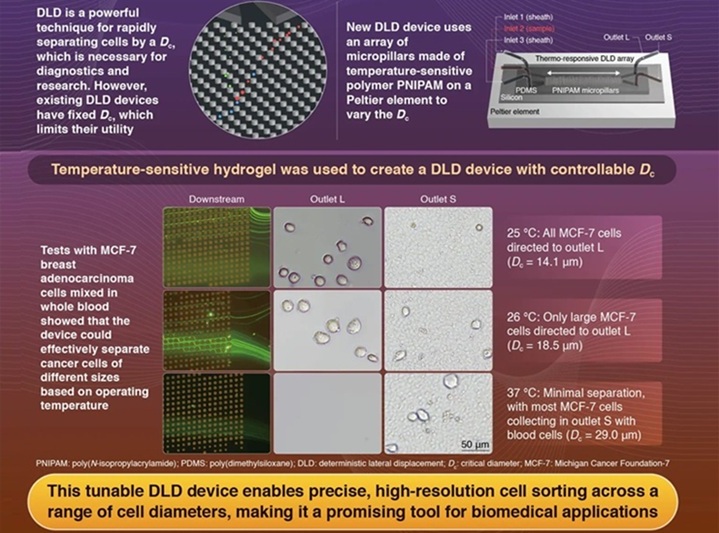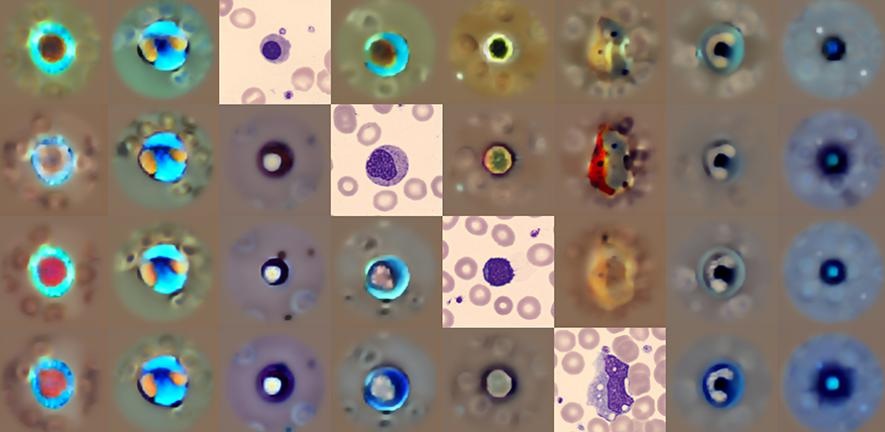Groundbreaking Chest Pain Triage Algorithm to Transform Cardiac Care
Posted on 08 May 2025
Cardiovascular disease is responsible for a third of all deaths worldwide, and chest pain is the second most common reason for emergency department (ED) visits. With EDs often being some of the busiest areas in hospitals, this presents significant challenges in quickly diagnosing critical conditions like heart attacks. Now, a new algorithm provides standardized assessments, aiding emergency room physicians in making confident clinical decisions about whether to rule in or rule out heart attacks.
Roche (Basel, Switzerland) has introduced the Chest Pain Triage algorithm, a CE-marked IVD medical device, as part of its navify Algorithm Suite. This suite is a cloud-based platform that hosts clinical algorithms from Roche and its partners, offering labs and hospitals seamless integration with Electronic Health Records (EHR) and Lab Information Systems (LIS), streamlining processes for faster and more efficient operations. Developed by Roche in collaboration with University Hospital Heidelberg (Heidelberg, Germany), the Chest Pain Triage algorithm is specifically designed to detect Acute Coronary Syndrome (ACS) more quickly and accurately in patients presenting with chest pain. The algorithm utilizes cutting-edge diagnostic technologies, including high-sensitivity cardiac troponin testing, to provide healthcare professionals with timely, reliable data to differentiate between cardiac and non-cardiac chest pain.

This advanced algorithm is part of Roche's comprehensive solution for addressing ACS, which also includes the cardiac troponin T Assay and integration with existing lab systems, offering an efficient approach to patient triage in emergency settings. The Chest Pain Triage algorithm is built to align with the European Society of Cardiology’s (ESC) guidelines, with input from top cardiologists and emergency medicine experts who contributed to its development. The algorithm is designed to accurately identify patients who are at genuine risk, distinguishing non-cardiac chest pain cases through a clear Rule-In, Rule-Out, or Observe recommendation based on the ESC guidelines. It simplifies decision-making by automatically selecting the appropriate ESC 0/1, 0/2, or 0/3 accelerated pathways, depending on the timing of the blood sample collection, which has the potential to reduce unnecessary hospital admissions and associated costs.
Additionally, the algorithm speeds up the treatment process for patients with true ACS by providing rapid assessments of chest pain onset, even if it occurred more than three hours before the first blood sample. It also offers a medical dossier to support clinicians and streamlines documentation by allowing easy transfer of recommendations and results into patient records. The Chest Pain Triage algorithm is part of Roche's broader commitment to the early identification and treatment of cardiovascular diseases. It is currently available in Europe, the Middle East, and Asia, with plans for future availability in the United States. Accessible through Roche's navify Algorithm Suite, the algorithm can be integrated into existing emergency department workflows. Roche's cardiometabolic portfolio aims to support quicker and more accurate triage decisions, with future ACS offerings combining next-generation digital algorithms, biomarkers, near-patient care devices, and laboratory analyzers.
"The introduction of our Chest Pain Triage algorithm underscores Roche's commitment to improving care for cardiovascular disease, one of the world’s largest health burdens," said Matt Sause, CEO, Roche Diagnostics. "One of the major challenges in managing chest pain in the emergency department is the length of stay, especially since some patients aren't actually having a heart attack. Our Chest Pain Triage algorithm can help doctors quickly decide who needs urgent cardiac care and who could be discharged sooner. With an early rule-out pathway, we can cut down Emergency Department visit times by over three hours.”














